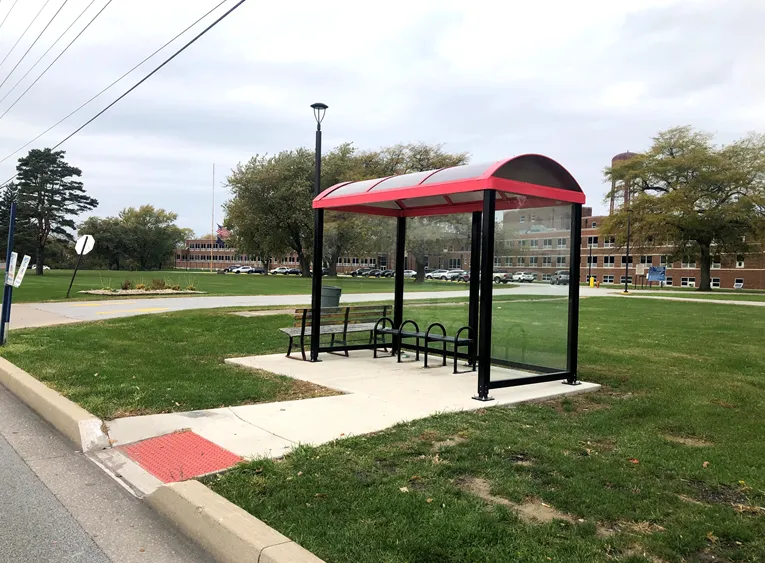How can storytelling be a key tool towards car-free cities? The auto industry is particularly good at creating its own myths, often based around freedom. But in this video from EIT Urban Mobility, academics and planners explain how Copenhagen wrote a different narrative...
January 5, 2023







